Delta Force is a mighty secretive unit of the Army, considered one of the world’s best special operations forces. Among all the assets delegated to special operations of the US military, the Delta Force is undoubtedly covered by the strictest confidence. It is the leading basic military counter-terrorism unit of the United States acting on foreign soil.
Unit names
The operational name is 1st Special Forces Operational Detachment – Delta or 1st SFOD-D. It is also called Delta Force, Combat Applications Group (CAG), The Unit, Army Compartmented Element (ACE), The Dreaded D, D-Boys, and Task Force Green.
It is a Tier 1 unit under the direct supervision of the Department of Defense along with SEAL Team 6, 24th Special Tactics Squadron, and Intelligence Support Activity. The unit is placed directly under the Joint Special Operations Command (JSOC). The unit is a Special Missions Unit (SMU) tasked with missions primarily involving counter-terrorism, hostage rescue, direct action, and special reconnaissance, often against high-value targets.
History
Like many similar units, the Delta Force was formed in the dawn of numerous well-publicized terrorist incidents in the 1970s. With the increase in terrorist activities around the world, the U.S. government decided to create a full-time counter-terrorism unit.
The US Army’s Delta Force—one of Washington’s premier specialized units—is still largely hidden from public view despite more than three decades since it was formed and dozens of Hollywood movies. The Pentagon never really confirmed the existence of The Unit. So far, they have offered very few details about the group, its organization, or even how many Delta “operators” there are. They operated strictly in secret. The Army would not even speak the word “Delta.” If you had to refer to them, they were “operators” or “the Dreaded D.”
It all started with Charles “Charlie” Beckwith, a Green Beret and Vietnam War veteran who served as an exchange officer with the famous British Army’s Special Air Service (22nd SAS Regiment). After he finished his time with SAS, Beckwith returned to the United States and presented a detailed report highlighting the U.S. Army’s vulnerability in not having a SAS-type unit.
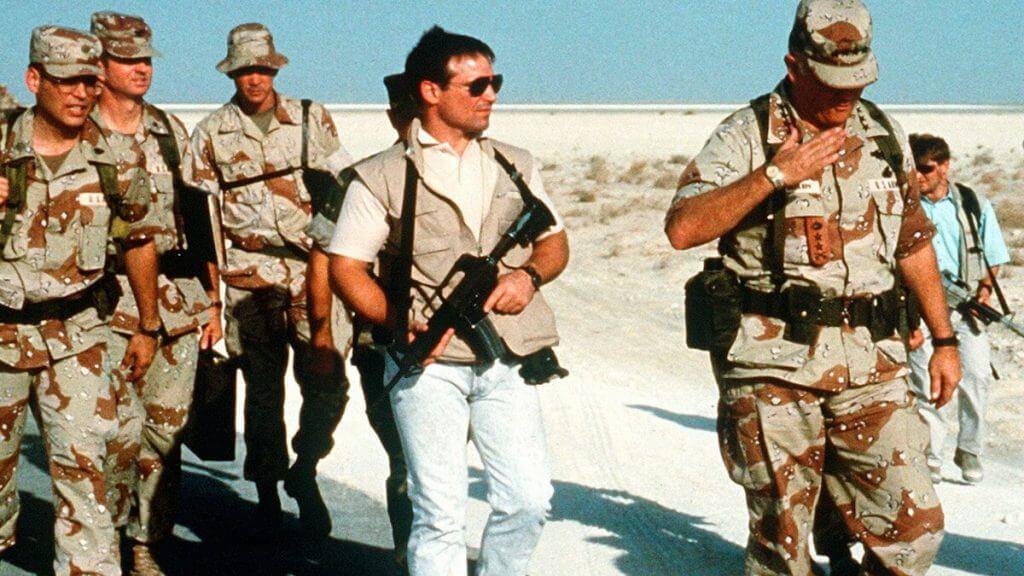
U.S. Army Special Forces were up-to-date with world trends but focused on unconventional warfare. It was crucial when Charlie Beckwith recognized and pointed out the need for “not only teachers but doers.” He envisioned highly adaptable and autonomous small teams with a broad array of special skills for direct action (DA) and counter-terrorism (CT) missions that can strike without warning and with maximum efficiency. He briefed military and government figures who were resistant to creating a new unit outside the Special Forces or changing existing methods.
But Beckwith keeps pushing it. He wanted such unit and men as tough or tougher than the members of Delta’s inspiration, the British Special Air Service.
In the mid-1970s, Beckwith got the green light from the Pentagon and Army senior leadership. Beckwith’s estimated time for a new unit to be mission-ready was 24 months. Beckwith’s estimate came from a conversation earlier with Brigadier John Watts in England in 1976. Watts had made it clear to Beckwith that it would take eighteen months to build a squadron but advised him to tell the Army leadership that it would take two years and not to “let anyone talk (him) out of this.”
The United States Army originally planned Delta Force as “an organization which can be deployed worldwide and has the capability to provide an appropriate response to highly sensitive situations including acts of international terrorism,” explains a 1977 analysis of the proposed unit held by the Army’s Center of Military History.
Delta Force was then established on Nov. 19, 1977, by Colonel Charles Beckwith and Colonel Thomas Henry. The HQ was set in the former prison of Fort Bragg (North Carolina). In early 1978, the US Army Special Forces volunteers were put through a four-phased specialized selection/assessment process dubbed the “Robert Redford Paper.”
The first phase requirements were a minimum age of twenty-two years, four years and two months of active service, a minimum grade of Staff Sergeant, having scored a minimum of 100 points in the aptitude test of the U.S. Army, no problem disciplinary applicant, and no condemnation to court-martial.
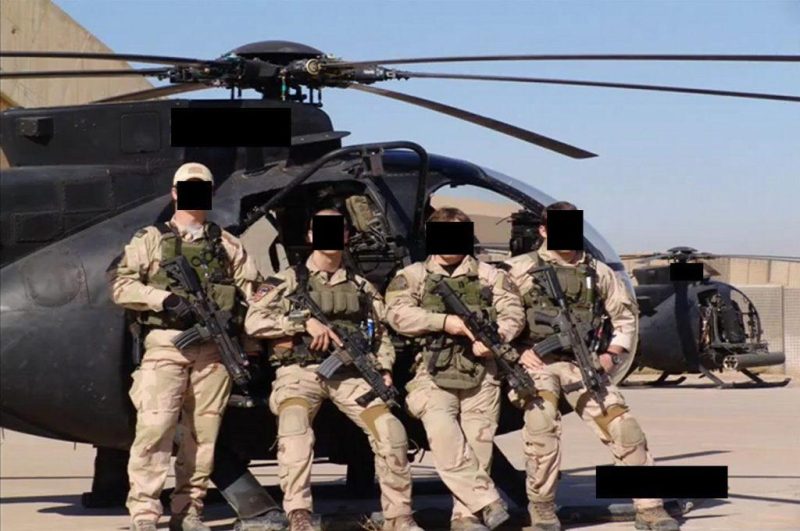
The next phases involved a series of land navigation problems in mountainous terrain while carrying increasing weight. The purpose was to test candidates’ endurance, stamina, willingness to endure, and mental resolve.
The first Delta Force training course lasted from April to September 1978. Delta Force was certified as full mission capable in the Fall of 1979, right before the Iran hostage crisis. The name Delta probably comes from Beckwith’s previous engagement in Project Delta during the Vietnam War. Project Delta had the objective of carrying out covert operations against the Vietcong.
Selection and training
Recruitment in Delta Force
The Army has never released an official fact sheet for the Delta Force. The only official statement referring to the Delta Force was the mention in Fort Bragg’s newspaper, Paraglide; the author referred to Delta Force by name and labeled it as “…the US Army’s special operations unit organized for the conduct of missions requiring rapid response with surgical application of a wide variety of unique special operations skills…”.
The Unit didn’t allow officers below the rank of captain—who outrank all lieutenants—into the unit. The minimum acceptable rank would be staff sergeant, three full grades above a humble private first class.
The recruitment notice from the same source stated that applicants must be male, in the grade of E-4 through E-8, have at least two and a half years of service remaining in their enlistment, be 21 years or older, and score high enough on the Armed Services Vocational Aptitude Battery to attend a briefing to be considered for admission.
Candidates must be airborne qualified or volunteer for airborne training. Officer candidates need to be O-3 or O-4. All candidates must be eligible for a security clearance level of “Secret” and have not been convicted by court-martial or have disciplinary action noted in their official military personnel file under Article 15 of the Uniform Code of Military Justice.
All publicly available information regarding the training and selection comes from the unit’s former operators, most notably from Eric L. Haney, author of the book “Inside Delta Force.”
Selection
According to Haynes, the Delta Force’s selection course consists of standard tests, including push-ups, sit-ups, a 2-mile (3.2 km) run, an inverted crawl, and a 100-meter swim fully dressed. The candidates are then put through a series of land navigation courses, including an 18-mile (29 km) all-night land navigation course while carrying a 40-pound (18 kg) rucksack.
The rucksack’s weight and the distance of the courses are increased, and the time standards to complete the task are shortened with every march. The physical testing ended with a 40-mile (64 km) march with a 45-pound (20 kg) rucksack over rough terrain that had to be completed in an unknown time. Haney wrote that only the senior officer and NCO in charge of selection could see the time limits, but the Delta training cadre set all assessment and selection tasks and conditions.
The washout rate in the Delta Force Selection Course is somewhere 10%. According to the former Delta operator Paul Howe, there were two classes of 120 applicants each at his selection time, and only 12 to 14 completed the selection.
Basic Training
According to Haney, Delta Force’s Operator Training Course (OTC) is approximately six months long. While the course is constantly changing, the skills taught broadly include the following:
- Marksmanship
- Demolitions and Breaching
- Combined skills – The FBI, FAA, and other agencies were used to advise the training of this portion of OTC.
- Tradecraft – During the first OTCs and the creation of Delta, CIA personnel were used to teach this portion.
- Executive Protection – During the first OTCs and the creation of Delta, the U.S. State Department’s Diplomatic Security Service and the United States Secret Service advised Delta.
- Culmination Exercise
During the training, future operators spent hours and days forging their skills. They undergo numerous psychological exams while they have limited and minimal contact with friends and family for the duration of OTC. The operators are often forced to work alone during the course, which can be an obstacle for those accustomed to acting instead of in a group. Training includes a lot of firearm accuracy and various other weapons training.
Organization
Delta Forces’ commanding officer is in the rank of Colonel. All information regarding this unit are highly classified. The details about specific missions or operations generally are not available publicly. Delta Force is stationed at Fort Bragg, North Carolina.
Delta Force’s personnel goes around 2,000, of which approximately 300 to 400 are trained to conduct direct action (DA) and hostage rescue operations. At the same time, the rest of them are highly specialized support personnel who are among the very best in their fields. There are many females among the personnel, often used for undercover operations.
The unit’s structure is similar to the British 22nd Special Air Service Regiment, the unit that inspired Delta’s formation.

Delta Force (1st SFOD-D) has eight operational sabre squadrons:
- A Squadron (Assault)
- B Squadron (Assault)
- C Squadron (Assault)
- D Squadron (Assault)
- E Squadron (Aviation, formerly known as SEASPRAY)
- G Squadron (Clandestine Operations Group)
- Combat Support Squadron (contains WMD experts, EOD personnel, medical personnel, SIGINT specialists, and other specialists)
- H Squadron (Nuclear Disposal)
There are three troops within each sabre squadron: two assault troops specializing in direct action and reconnaissance and surveillance, or “recce”, troop for penetrating enemy lines unseen, watching enemy positions, and sniping.
Operations
The majority of the operations assigned to Delta Force are highly classified and may never be known to the public. However, details of some operations have been publicly disclosed. Delta Force was awarded the Joint Meritorious Unit Award for service during Operation Urgent Fury. The unit was awarded the Valorous Unit Award for extraordinary heroism during the Modelo Prison Hostage Rescue Mission and the capture of Manuel Noriega in December 1989 during Operation Just Cause in Panama.
Delta Force operators from C Squadron were also involved in Operation Gothic Serpent in Somalia. During Operation Iraqi Freedom and Operation Enduring Freedom, the Delta Force was awarded the Presidential Unit Citation for combat operations in Afghanistan from Oct. 4, 2001, to Mar. 15, 2002, and Iraq from Mar. 19, 2003, to Dec. 13, 2003. On Oct. 26, 2019, Delta operators and Army Rangers raided ISIS leader Abu Bakr al–Baghdadi’s compound, leading to his death.
Since its creation, 1st SFOD-D (Delta Force) was deployed around the world:
- Operation Eagle Claw
- Operation Urgent Fury
- Operation Just Cause
- Operation Acid Gambit
- Persian Gulf War
- Colombian Drug War
- Somali Civil War
- Operation Restore Hope
- Operation Gothic Serpent
- Operation Uphold Democracy
- Yugoslav Wars
- NATO intervention in Bosnia
- Kosovo War
- Global War on Terrorism
- Operation Enduring Freedom
- Insurgency in Jammu and Kashmir
- Iraq War
- Operation Juniper Shield
- Operation Inherent Resolve
- Operation Kayla Mueller
- Mexican Drug War
- Operation Black Swan
Campaign in Syria
Delta Force has been used in Syria since the Islamic State set up its would-be caliphate in 2015. Generally, it does well. For instance, in May 2015, it killed Abu Sayaf, the ISIS Minister for Oil, in eastern Syria after a fierce gunfight. Sometimes it flops. Like when it moved in August 2014 to rescue American hostages James Foley and Kayla Mueller from Islamic militants. The hostages were not where they were believed to be and were soon put to death by their captors.
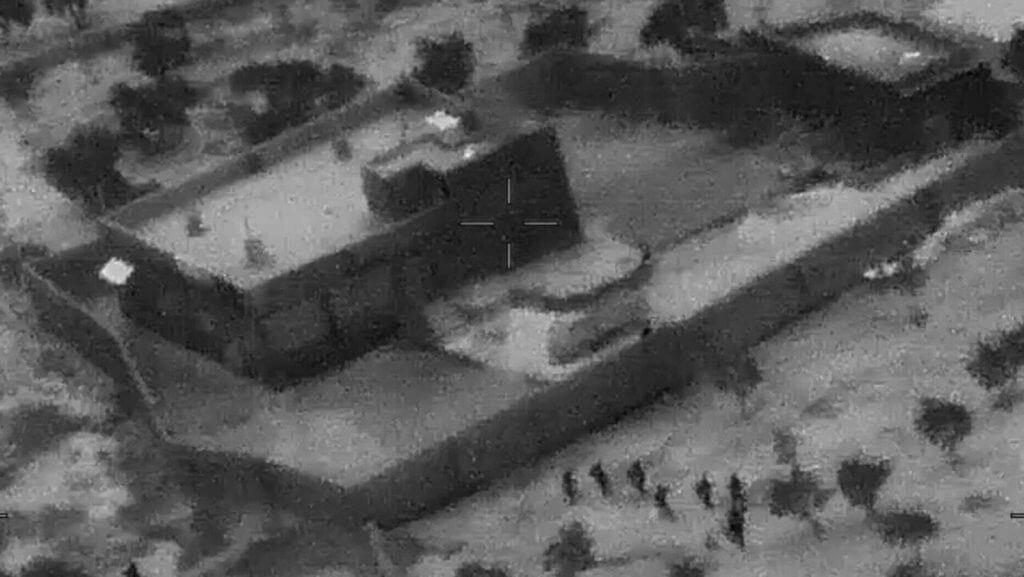
Weaponry
In the armory of the Delta Force are present all weapons systems produced in the world. This means that every operator is comfortable making his setup.
| 1st SFOD-D (Delta Force, CAG, The Unit) | |
| Pistols: | HK USP, SIG Sauer P226, SIG Sauer P229, Glock 17, Glock 19, Colt M1911 |
| Assault Rifles: | M4A1 SOPMOD (Special Operations Peculiar Modification), FN SCAR, Colt M16A2, Steyr AUG, and Stoner SR 25 |
| SMG: | HK MP5, MP7A1, UZI, MAC-10, FN P90 |
| Machine guns: | M249 SAW, HK-13, M60, M240B, and M2 Browning |
| Support weapons: | Grenade launcher M203, M79, 81mm mortars, rocket launcher Carl Gustav, LAW, Mk 19, M136, and Stinger MANPAD |
| Sniper Rifles: | HK PSG1, M40A1, M24 and Barrett M82A1, Sako TRG, CheyTac Intervention, Accuracy International Arctic Warfare, McMillan Tac-50 |
| Shotguns: | Remington 870 and Mossberg 500 Cruiser |
That weaponry is not limited; it’s only the primary weapons and gear used by Delta operators (according to the books written by former operators and rare videos and pictures available online). The unit uses a wide range of specialized equipment like the optics (Aimpoint Comp M, M68, M28, AN/PQ2 Target Pointer / Illuminator / Aiming Light (TPIAL)) and NVG equipment.
The vehicles used by Delta operators, but not limited to, are Land Rover Defender 110 SOV, Hummer, Quad ATV, Harley Davidson Bike Track, and various light attack vehicles. These vehicles are armed with Mk 19 grenade launchers, machine guns, General Electric mini-gun, 20mm cannons, and Browning M2. Regarding mobility, the Delta is directly supported by 160th SOAR.



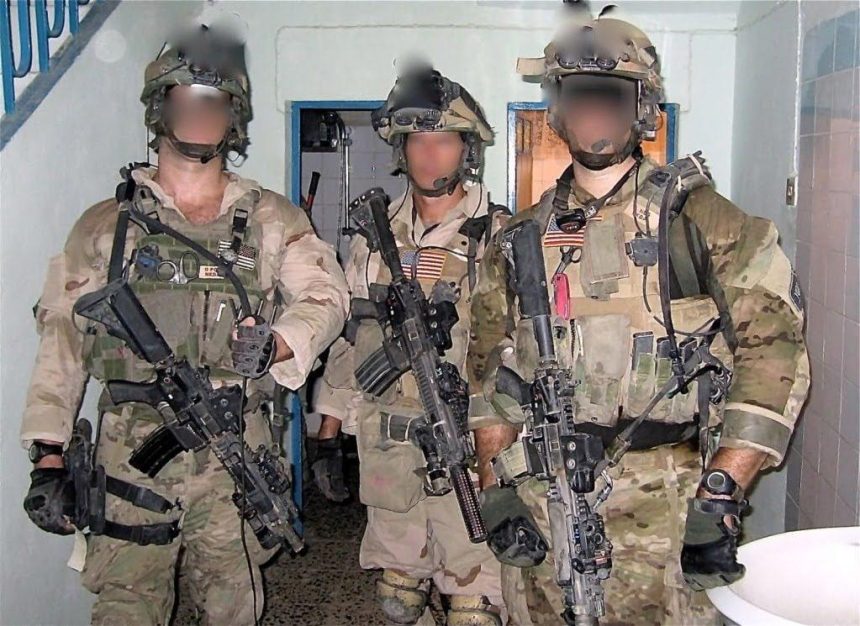
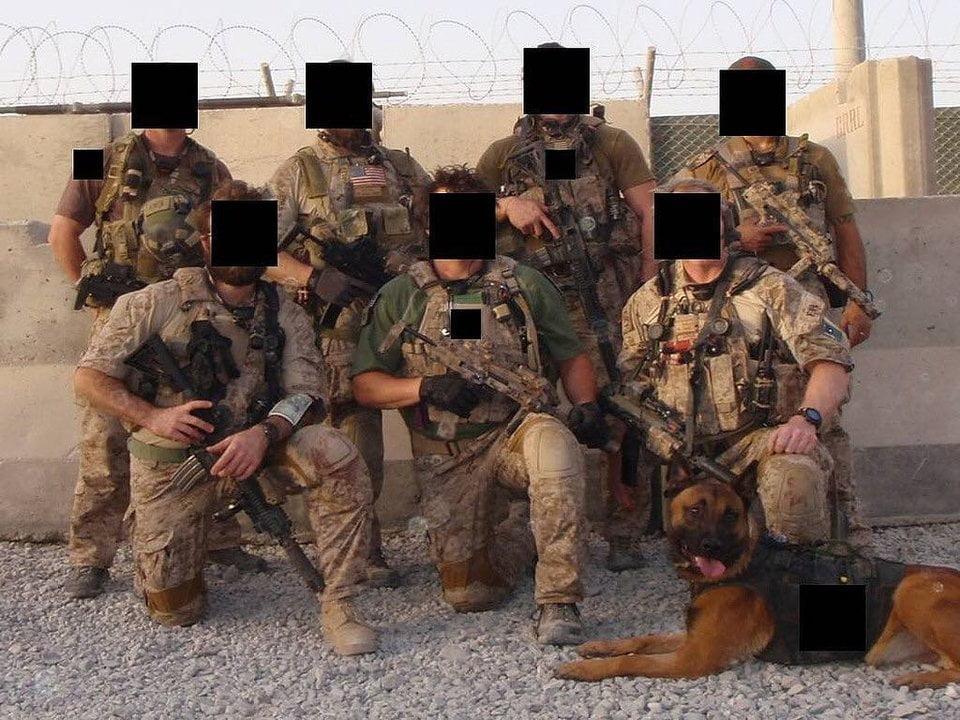
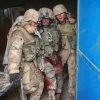
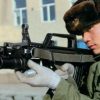
great article, but I think in the selection and assessment section the % is inverted. I think it should be 90% wash out not 10%. ie out of classes of 120 10% make it 10 or 12 men with a washout of 90%